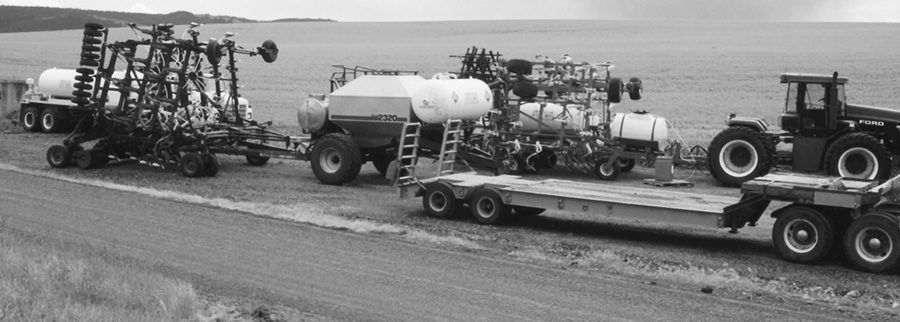No-Till Farmer
Get full access NOW to the most comprehensive, powerful and easy-to-use online resource for no-tillage practices. Just one good idea will pay for your subscription hundreds of times over.

With equipment decisions being so critical with no-till, here’s how four Pacific Northwest growers keep costs in line while turning out top-notch yields at the lowest possible cost.
By making some special adaptions, Art Schultheis effectively seeds with a John Deere 750 no-till drill. The Colton, Wash., no-tiller crops 1,150 acres of winter wheat, spring wheat, spring barley, dry peas, lentils and garbanzo beans in a 3-year rotation with a modified direct seeding system. About 15 percent of the acreage is seeded to bluegrass in an area that receives 18 to 21 inches of annual rainfall.
“We eliminated the front dolly wheel and put on a solid hitch to transfer weight from the drill to the tractor to provide better traction,” he says. “Extra wheels were added in the back for hillside stability and better flotation in the spring.”
Stainless steel tubes were placed inside the deep banders to apply liquid nitrogen, potash, sulfur and phosphate. He also built a plastic seed firming attachment to apply a liquid nitrogen and phosphate starter fertilizer mix in the seed row. Several seed openers were also swapped side-to-side for better performance on steel slopes.
Nathan Riggers is convinced that the best precision-farming investment no-tillers can make is to spend dollars on a parallel swathing system for herbicide application. The Nezperce, Idaho, no-tiller’s system utilizes a differential global positioning satellite signal to guide the tractor driver.
“This device eliminates the need for foam markers,” he…